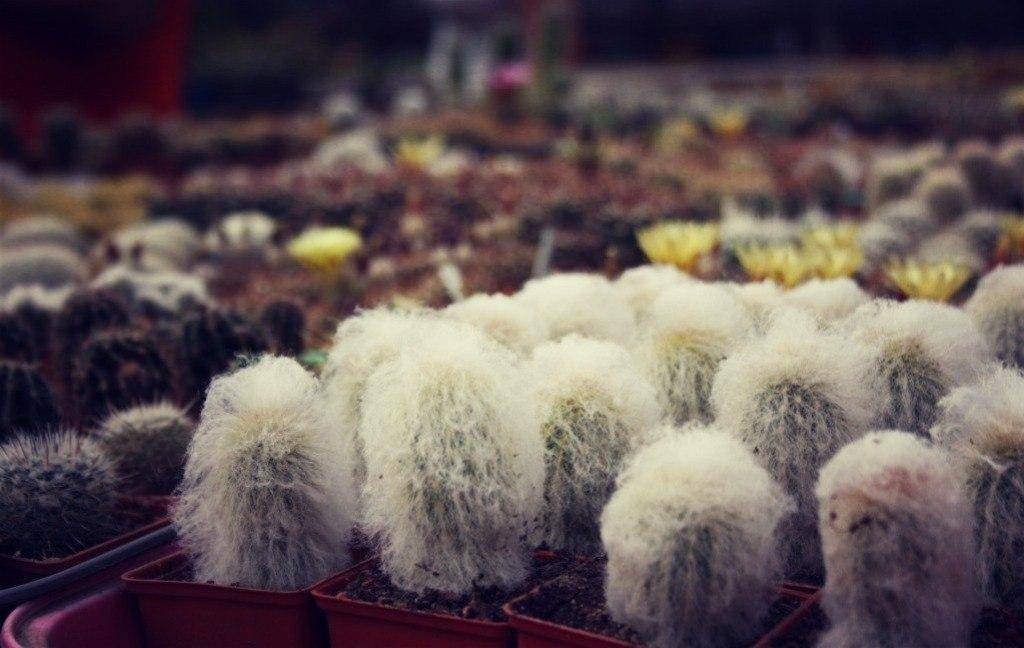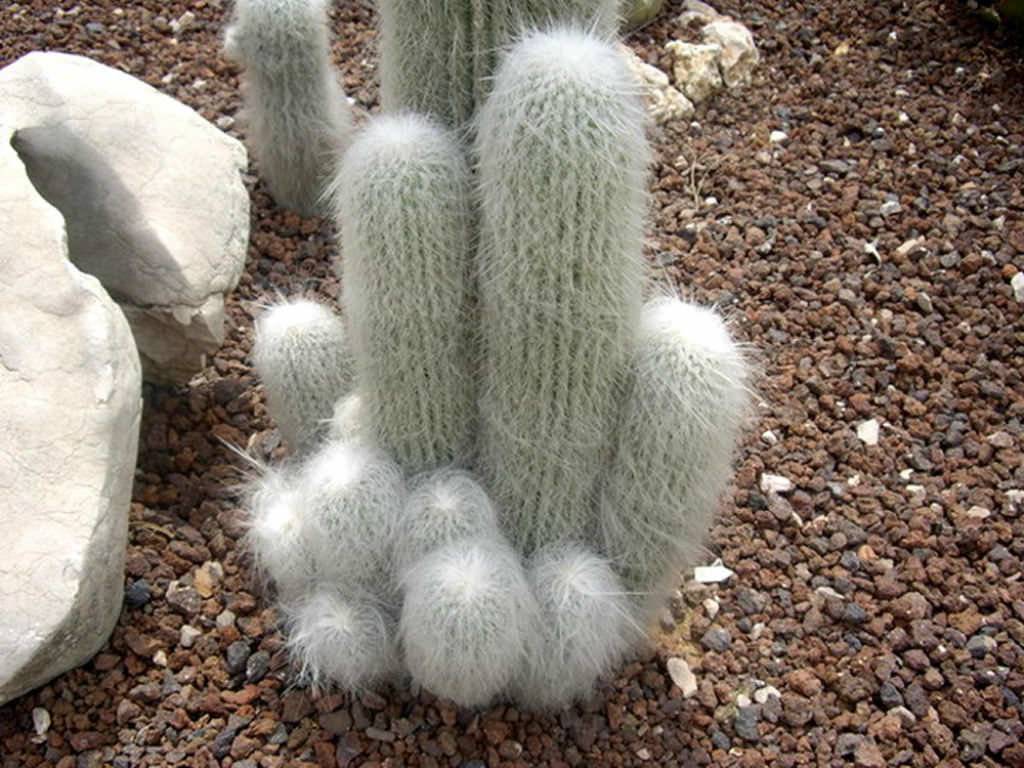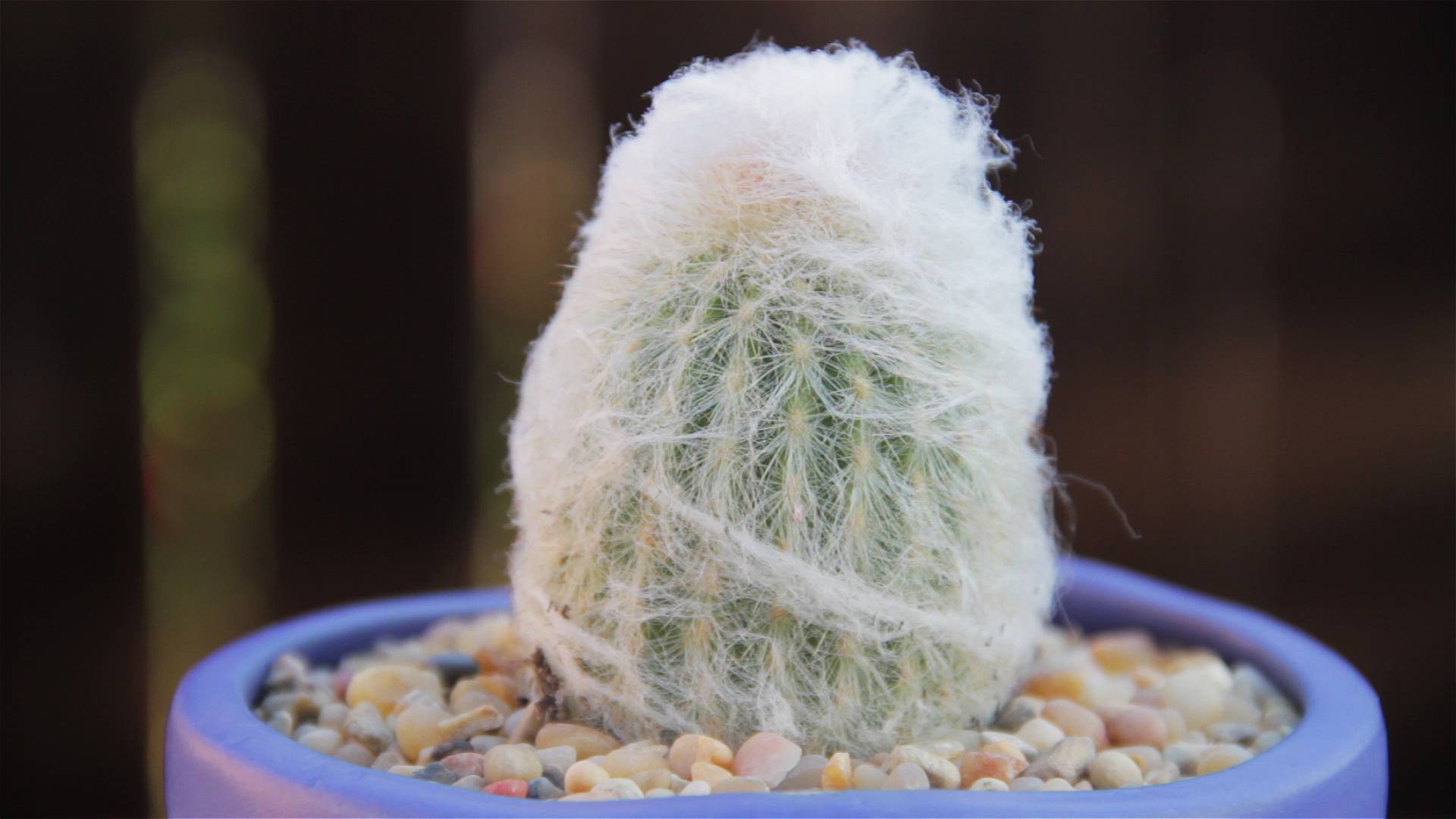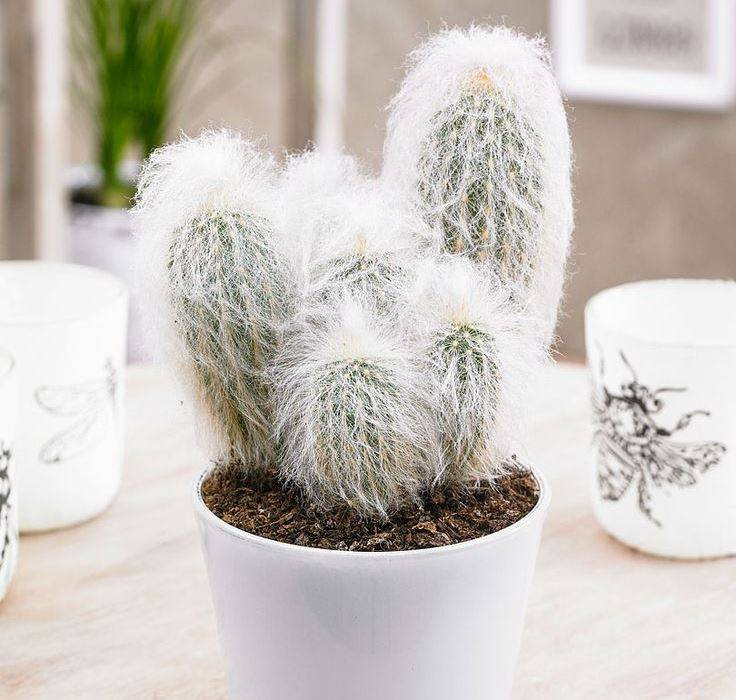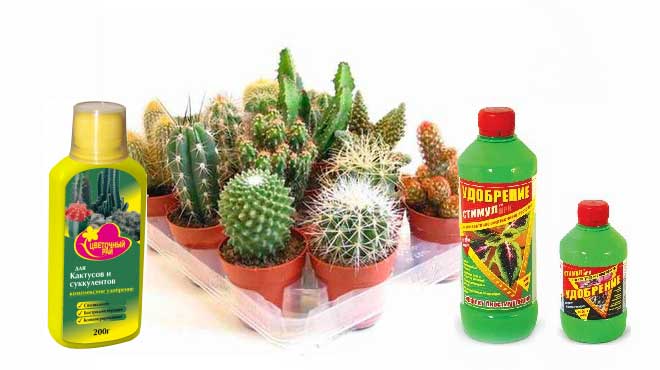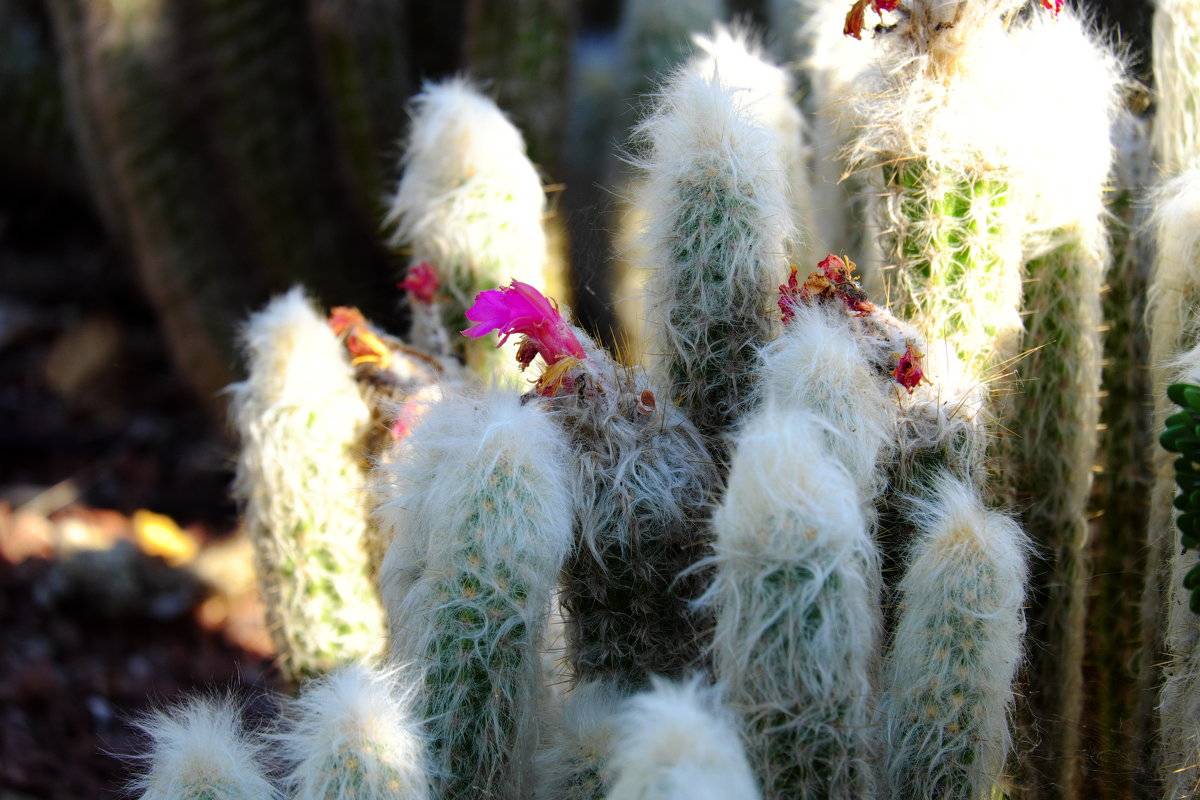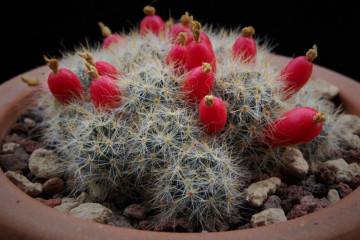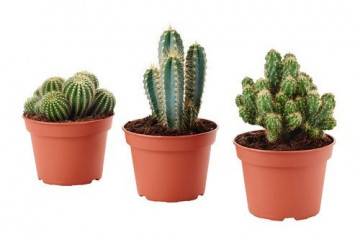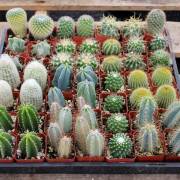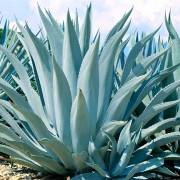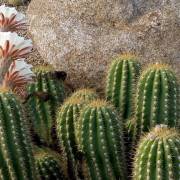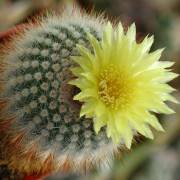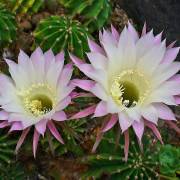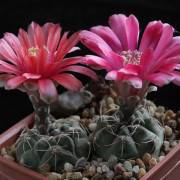Fluffy cactus: what is the name and care options
Content:
The fluffy cactus has the scientific name esposto and belongs to the Cactus family. A distinctive feature of this plant is the presence of fluffy hairs along with sharp thorns, which are designed to protect the plant from the burning sun's rays. The species is found in the wild on the slopes of Peru and Ecuador.
general description
Cacti are a favorite plant of many flower growers, but not many people know what the hairy cactus is called and that it exists at all. Such a plant is unpretentious in care, it can easily exist in the house of a person who often forgets about watering.
Thanks to the white cloud of hairs, the plant is protected from the scorching rays of sunlight and various pests. The appearance of the succulent makes it stand out from its nondescript counterparts.
What does a fluffy cactus look like?
Espostoa can often be confused with a cephalocereus. This is also a small genus of cacti, which includes several types of plants, however, they branch at the roots, have long and thick light spines, which are much tougher than that of a fluffy counterpart.
The fluffy cactus has a pillar-like structure, sometimes with a branching stem, which outwardly may resemble a candelabrum. The trunk and shoots are green or gray, some species are darker. The plant is completely covered with long white hairs that grow most abundantly at the top.
Radial spines are light yellow or red in color, usually their length does not exceed 1 cm. The central spines are much longer (can reach 4 cm), differing in color depending on the species.
Main varieties
According to different classifications, espostoas have from 10 to 16 varieties. At home, miniature species of this cactus are usually grown, but large plants can also be found in rare collections. Espostoa cactus differs not only in size, but also in the color of the stem and fluffiness.
Espostoa woolly
Woolly Espostoa (Lanata) is the most popular variety for home breeding.
This plant has the form of a pillar, from which lateral ribs extend in an amount of up to 30 pieces. Under natural conditions, the size of a furry cactus can reach 5 m, but a houseplant usually does not grow above 1 m.
On an adult plant, additional shoots appear, due to which the cactus begins to branch far from the base. More radial needles with a yellowish color break through the wool. The spines can be up to 5 cm long.
Espostoa is amazing
This type of fluffy cactus is almost white in color - it can range from light green to grayish. The stem diameter can be 9 cm, and the length is 0.5 m. In the wild, these data also differ, but room conditions do not allow the plant to grow very much.
The top of the plant is covered with a large number of long white hairs that stick out in different directions. Large areoles with acicular spines in the center and bristly radial spines are whitish-red in color.
Longer spines are located in the lower part of the plant, which makes the espostoa surprisingly different from other species.
Other varieties
Espostoa nana has an increased fluffiness, which is combined with the small size of the plant itself. At home, the succulent does not bloom, but some decide to grow it for the sake of its appearance, resembling a fur roller.
The shaggy Ritteri cactus is quite long (up to 4 m) with a significant number of dark branches. One column has up to 20 small ribs, which are separated by transverse grooves. The cactus is distinguished by the presence of one central thorn, which has a dark color, which can reach 2 cm. The rest of the needles are yellowish or brownish, while one Ritteri usually has about 25 thorns.
The black-columnar espostoa is considered a rather exotic species. The cactus got its name for a long trunk that resembles a column. The shade of the trunk can range from dark green to black. In nature, plant height reaches 2 m.
Espostoa senilis (senile) grows in Peru. A fairly tall pillar-like plant, white straight spines of which resemble hairs. The radial thorns are densely located on the stem, while the central thorns appear only on adult plants. Flowering occurs only in natural conditions.
Flower care rules
With proper care, problems with the succulent will not arise. It is required to choose the plant especially carefully so that it does not have diseases and damage by pests. The trunk should not have soft and loose spots. If the cactus has sparse and fragile hairs, then it is recommended to pay attention to another plant.
Temperature
Espostoa is a fairly thermophilic plant, so it feels good only in warm climates. It is recommended to keep a fluffy cactus at a temperature of 17-24 degrees; in summer, the upper threshold may be exceeded up to 30 degrees.
Adequate lighting must also be provided. The cactus can be placed on the sills of the south side, since the hairline protects the trunk from thermal burns. But at noon, it is recommended to either shade the plant or open a window so that the supply and exhaust ventilation cools the flower a little. In the cold season, it is required to provide the plant with additional illumination.
Humidity
Air humidity is not an important criterion for the growth of a shaggy cactus. It is recommended to avoid spraying with water, as in this case plaque appears on the hairs, which makes the plant look untidy.
Watering
The plant does not require frequent watering, since it comes from fairly dry places.
In the phase of active growth, it is recommended to water no more than 1 time per week or 10 days. In winter, when the plant is in a dream, it is worth reducing water procedures to 1 time per month, since the cactus reacts extremely negatively to a large amount of water and begins to rot.
The soil
You need to make the soil yourself.
It must be loose enough to allow water to pass through well, otherwise its stagnation will lead to rotting of the lower part of the cactus trunk. You can use a ready-made store-bought substrate, but you need to add a small amount of perlite or vermiculite to it.
Independently, the substrate is made from peat (2 parts), coarse sand (2 parts), leaf earth (1 part).
There must be a drainage layer at the bottom of the pot.
Top dressing
Top dressing is required to be done, since in an individual pot, humus quickly becomes salted and becomes poorer in nutrients. In order not to burn the roots of the plant, it is recommended to pre-water the ground.
As a fertilizer, it is worth using special complexes for feeding succulents and cacti.
Blooming cactus
This type of succulents rarely blooms indoors. If the conditions are as close as possible to the natural habitat of the Esposto, then the result will be possible. At home, flowering occurs only in adults, and the young do not bloom. At home, you can expect the same result.
Flowers on succulents are often light pink or white. Moreover, the flowers are often lonely. In shape, they resemble a funnel, which is framed by long leaves. The depth of the bud can be up to 6 cm.
Flowering often results in juicy fruits that are edible. Many black seeds can be found inside berries and fruits.
Breeding options
Fluffy cactus can be propagated in three ways:
- Seed. The seeds are sown in a container filled with a substrate made of sand and earth. It is necessary to create greenhouse conditions for the plant: place a container with seedlings under glass and put in a sunny place.
- By cuttings. To do this, it is recommended to cut the cuttings from the top of the stem, dry it a little and plant it in peat.
- Layers. It is recommended to separate the lateral layers from the plant and plant them in an individual container.
If the succulent is young enough, then it must be transplanted at least once a year; for older plants, it is necessary to renew the soil every 3 years. For the procedure, the best time is spring, when the plant comes out of the dormant period.
Despite the seeming softness of the fluffy succulent, it is not recommended to touch it, since often the thorns resemble hooks that cling to the skin of the hands. In addition, under the hairs there are sharp needles that can be overlooked. The unpretentious maintenance of espostoas allows them to be grown even by those who are not engaged in gardening and do not like this activity, but want fresh flowers in the apartment.
